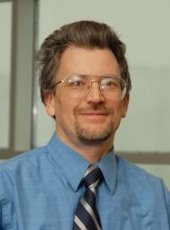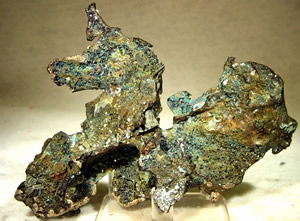 Simon Carn (GMES) was quoted in the story “From NASA Goddard Space Flight Center: ‘2018’s Biggest Volcanic Eruption of Sulfur Dioxide,'” in sciencesprings. The story was also covered in Long Room, What’s Up with That? and Science Daily.
Simon Carn (GMES) was quoted in the story “From NASA Goddard Space Flight Center: ‘2018’s Biggest Volcanic Eruption of Sulfur Dioxide,'” in sciencesprings. The story was also covered in Long Room, What’s Up with That? and Science Daily.
From NASA Goddard Space Flight Center: “2018’s Biggest Volcanic Eruption of Sulfur Dioxide”
“With the Kilauea and Galapagos eruptions, you had continuous emissions of sulfur dioxide over time, but the Ambae eruption was more explosive,” said Simon Carn, professor of volcanology at Michigan Tech. “You can see a giant pulse in late July, and then it disperses.”
Read more at sciencesprings, by Jenny Marder.
Related:








